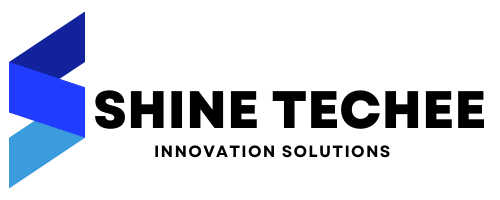Navigating the Digital Landscape: Google’s Latest Update on Product Ratings Policies and Automated AI Content
Introduction:
In the ever-evolving realm of digital content, Google has recently made significant updates to its product ratings policies, specifically addressing the use of automated AI content. These changes have far-reaching implications for businesses, content creators, and marketers who rely on product ratings to enhance online visibility. In this blog post, we’ll delve into the details of Google’s latest update, exploring the impact on product ratings, SEO strategies, and the future landscape of AI-generated content.
1. The Evolution of Product Ratings Policies:
Google’s product ratings policies play a pivotal role in shaping how products are showcased in search results. The recent update aims to ensure the accuracy and reliability of product ratings, especially in the context of content generated by automated AI systems.
2. Guidelines for Automated AI Content:
With the rise of AI-generated content, Google is refining its guidelines to maintain the integrity of product ratings. Businesses utilizing automated AI systems for generating content related to product ratings must adhere to the updated policies to maintain visibility and trust within the Google ecosystem.
3. Ensuring Authenticity and Relevance:
The core focus of the update revolves around ensuring that product ratings reflect authentic and relevant information for users. Google aims to mitigate potential issues arising from misleading or manipulated ratings generated by automated AI, fostering a more trustworthy online environment.
4. Impact on SEO Strategies:
For businesses and marketers, understanding and adapting to these changes is crucial for maintaining a strong online presence. SEO strategies must align with Google’s updated product ratings policies, emphasizing authenticity and user-centric information.
How Businesses Can Navigate the Changes:
– Review and Update AI Content Processes:
Businesses utilizing automated AI content generation should review and update their processes to align with Google’s guidelines. Ensuring that the generated content meets the criteria for authenticity and relevance is paramount.
– Emphasize Transparency in Ratings:
Transparency in product ratings is key. Businesses should focus on providing clear and accurate information to users, fostering trust and credibility in their online presence.
– Stay Informed on Google Updates:
In the dynamic digital landscape, staying informed is crucial. Regularly monitor Google’s official announcements and guidelines to remain abreast of any further updates that may impact product ratings and SEO strategies.
– Diversify Content Strategies:
To mitigate risks associated with changes in algorithms and policies, diversify content strategies. Incorporate a mix of user-generated content, expert reviews, and other forms of authentic information to enhance online credibility.
Conclusion:
Google’s update on product ratings policies regarding automated AI content underscores the platform’s commitment to maintaining a trustworthy online environment. As businesses and content creators adapt to these changes, the emphasis on authenticity, transparency, and relevance in product ratings becomes more critical than ever. Navigating the evolving landscape requires a proactive approach, ensuring that SEO strategies align with Google’s guidelines for a sustainable and credible online presence. Stay tuned for further developments as the digital landscape continues to evolve in response to technological advancements and user expectations.
